Inventory Management Methodologies
Inventory Management utilizes a methodical approach to determine the sourcing, storing, and selling inventory—both raw materials (components) and finished goods (products). The goal of inventory management is to understand stock levels and stock’s location in warehouses. Inventory management software tracks the flow of products from suppliers through the production process to the customer. In the warehouse, inventory management tracks stock receipt, picking, packing, and shipping.
There are many inventory management methodologies. Here are a few listed below explained by one of the leading inventory management software’s Oracle NetSuite:
- ABC Analysis:
This method works by identifying the most and least popular types of stock. - Batch Tracking:
This method groups similar items to track expiration dates and trace defective items. - Bulk Shipments:
This method considers unpacked materials that suppliers load directly into ships or trucks. It involves buying, storing and shipping inventory in bulk. - Consignment:
When practicing consignment inventory management, your business won’t pay its supplier until a given product is sold. That supplier also retains ownership of the inventory until your company sells it. - Cross-Docking:
Using this method, you’ll unload items directly from a supplier truck to the delivery truck. Warehousing is essentially eliminated. - Demand Forecasting:
This form of predictive analytics helps predict customer demand. - Dropshipping:
In this practice, the supplier ships items directly from its warehouse to the customer. - Economic Order Quantity (EOQ):
This formula shows exactly how much inventory a company should order to reduce holding and other costs. - FIFO and LIFO:
First in, first-out (FIFO) means you move the oldest stock first. Last in, first-out (LIFO) considers that prices always rise, so the most recently-purchased inventory is the most expensive and thus sold first. - Just-In-Time Inventory (JIT):
Companies use this method in an effort to maintain the lowest stock levels possible before a refill. - Lean Manufacturing:
This methodology focuses on removing waste or any item that does not provide value to the customer from the manufacturing system. - Materials Requirements Planning (MRP):
This system handles planning, scheduling and inventory control for manufacturing. - Minimum Order Quantity:
A company that relies on minimum order quantity will order minimum amounts of inventory from wholesalers in each order to keep costs low. - Reorder Point Formula:
Businesses use this formula to find the minimum amount of stock they should have before reordering, then manage their inventory accordingly. - Perpetual Inventory Management:
This technique entails recording stock sales and usage in real-time. Read “The Definitive Guide to Perpetual Inventory” to learn more about this practice. - Safety Stock:
An inventory management ethos that prioritizes safety stock will ensure there’s always extra stock set aside in case the company can’t replenish those items. - Six Sigma:
This is a data-based method for removing waste from businesses as it relates to inventory. - Lean Six Sigma:
This method combines lean management and Six Sigma practices to remove waste and raise efficiency.
Understanding inventory management methodologies as well as choosing the appropriate inventory management software is key in achieving optimal inventory. ILSMD can assist with what methodology and software best suits your agency’s needs.


